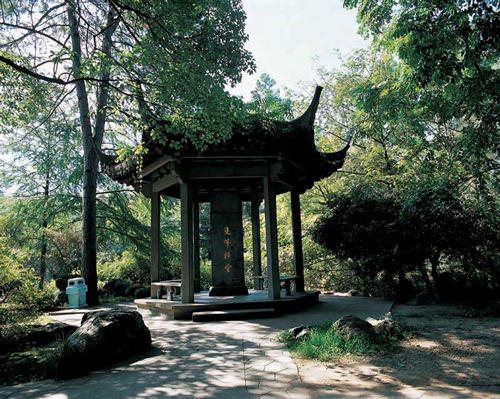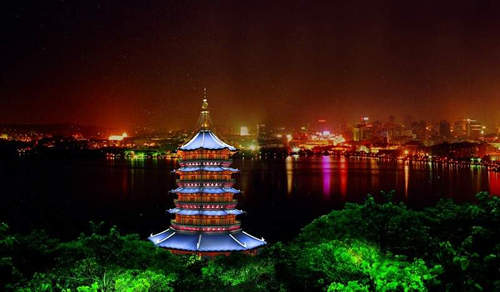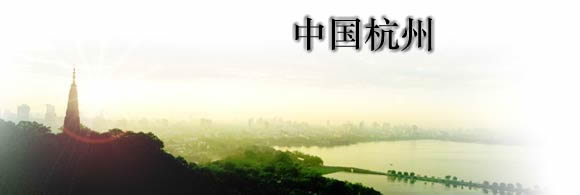Transportation
Hangzhou is served by the
Hangzhou Xiaoshan International Airport, which provides direct service to many international destinations such as
Thailand,
Japan,
South Korea,
Malaysia,
India,
Vietnam,
Ethiopia,
Singapore,
Taiwan, and the
Netherlands. Regional routes reach
Hong Kong and
Macau. It has an extensive domestic route network within the PRC and is consistently ranked top 10 in passenger traffic among Chinese airports. Hangzhou Xiaoshan International Airport has two terminals, Terminal A and Terminal B. The smaller Terminal A serves all international and regional flights while the larger Terminal B solely handles domestic traffic. The airport is located just outside the city in the Xiaoshan District with direct bus service linking the airport with Downtown Hangzhou. The ambitious expansion project will see the addition of a second runway and a third terminal which will dramatically increase capacity of the fast-growing airport that serves as a secondary hub of Air China. A new elevated airport express highway is under construction on top of the existing highway between the airport and downtown Hangzhou. The second phase of Hangzhou Metro Line 1 has a planned extension to the airport.Hangzhou sits on the intersecting point of some of the busiest rail corridors in China. The city's main station is
Hangzhou East Railway Station (colloquially "East Station"
东站). It is one of the biggest rail traffic hubs in China, consisting of 15 platforms that house the High Speed CRH service to Shanghai, Nanjing, Changsha, Ningbo, and beyond. The subway station beneath the rail complex building is a stop along the Hangzhou Metro Line 1. There are frequent departures for
Shanghai with approximately 20-minute headways from 6:00 to 21:00. Non-stop CRH high-speed service between Hangzhou and Shanghai takes 50 minutes and leaves every hour (excluding a few early morning/late night departures) from both directions. Other
CRH high-speed trains that stop at one or more stations along the route complete the trip in 59 to 75 minutes. Most other major cities in China can also be reached by direct train service from Hangzhou. The
Hangzhou Railway Station (colloquially the "City Station" Chinese:
城站) was closed for renovation in mid 2013 but has recently opened again.
Direct trains link Hangzhou with more than 50 main cities, including 12 daily services to Beijing and more than 100 daily services to Shanghai; they reach as far as Ürümqi. The China Railway High-Speed service inaugurated on October 26, 2010. The service is operated by the CRH 380A(L), CRH 380B(L) and CRH380CL train sets which travel at a maximum speed of 350 km/h (220 mph), shortening the duration of the 202 km (126 mi) trip to only 45 minutes.
Central (to the east of the city centre, taking the place of the former east station), north, south, and west long-distance bus stations offer frequent coach service to nearby cities/towns within Zhejiang province, as well as surrounding provinces.
Hangzhou has an efficient public transportation network, consisting of a modern fleet of regular diesel bus,
trolley bus,
hybrid diesel-electric bus and taxi. The first
subway line entered into service in late 2012. Hangzhou is known for its extensive
Bus Rapid Transit network expanding from downtown to many suburban areas through dedicated bus lanes on some of the busiest streets in the city.
Bicycles and
electric scooters are very popular, and major streets have dedicated bike lanes throughout the city. Hangzhou has an extensive free
public bike rental system, the
Hangzhou Public Bicycle system.
The Hangzhou Metro began construction in March 2006, and the first line opened on November 24, 2012. Line 1 connects downtown Hangzhou with suburban areas of the city from Xianghu to Wenze Road and Linping. By June 2015, the southeast part of Line 2 (starts in Xiaoshan District, ends to the south of the city centre) and a short part of Line 4 (fewer than 10 stations, connecting Line 1 & Line 2) were completed. The system is expected to have 10 lines upon completion; most lines are still under construction. The extensions of Line 2 (Xihu District) and Line 4 (east of Bingjiang) are expected to be finished in 2016.






